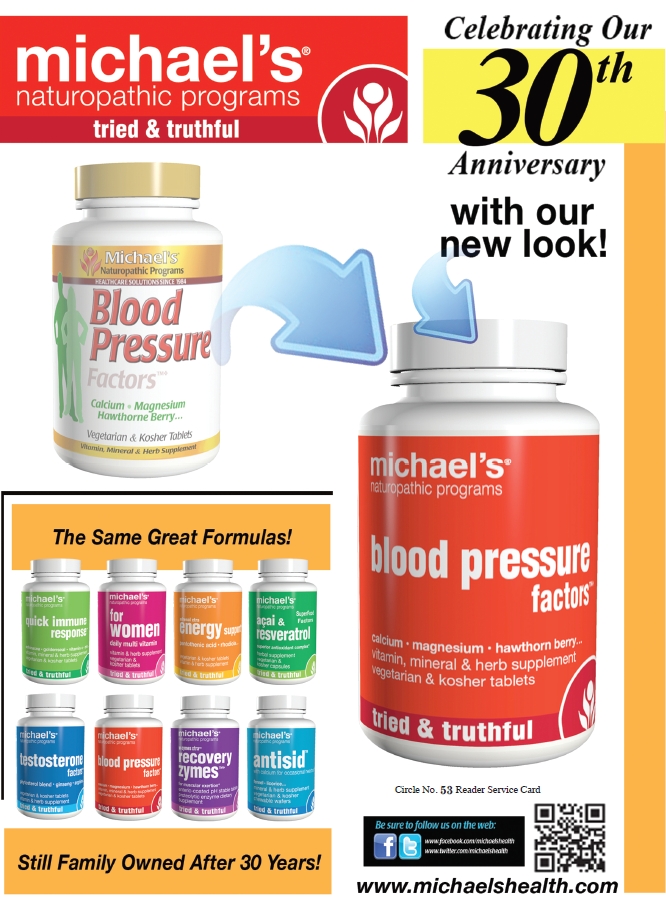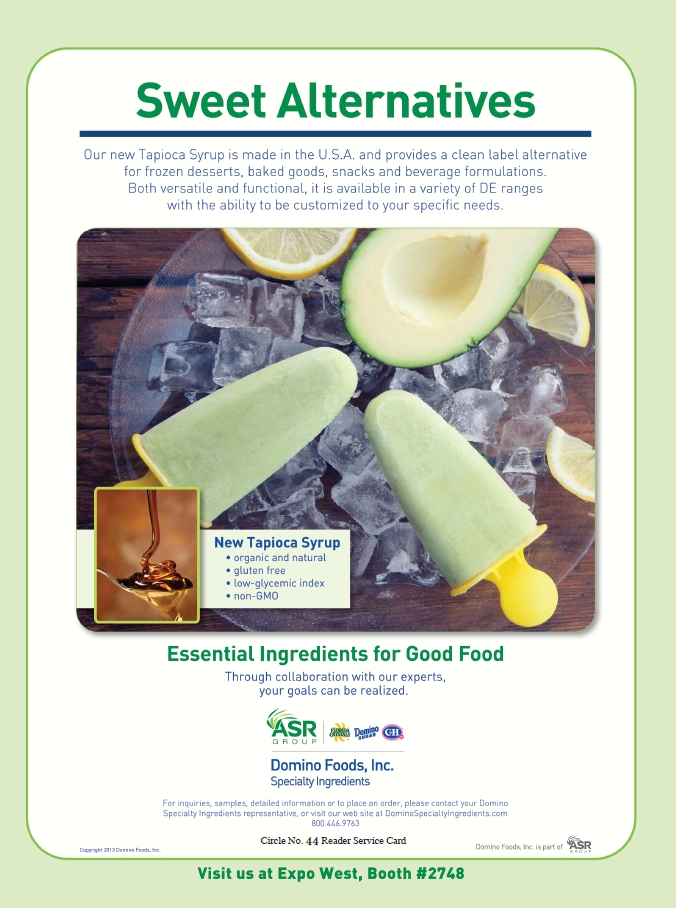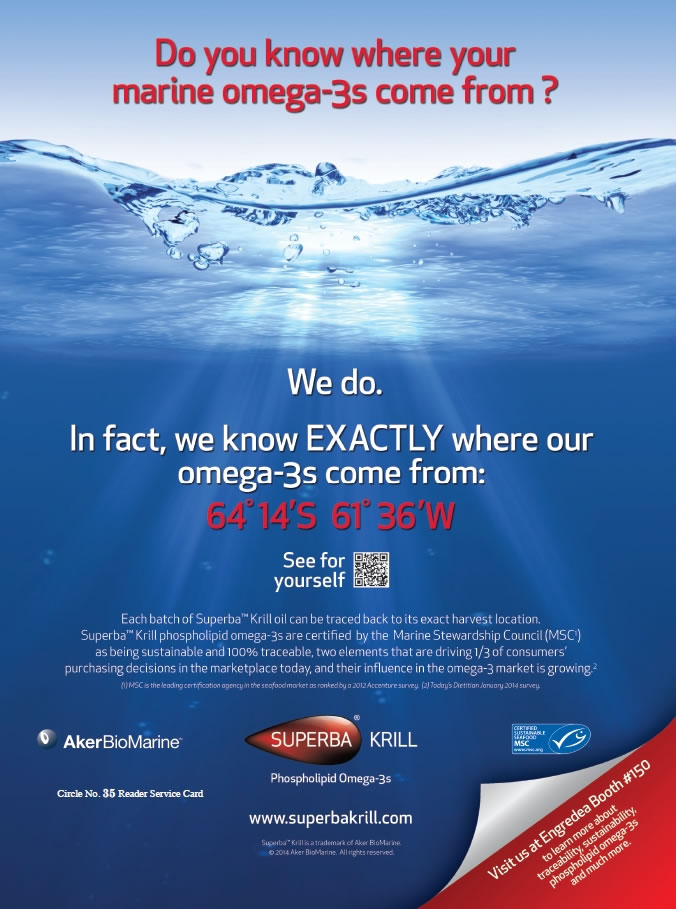Every business owner does it; thinks about selling from time to time. If you are an independent natural products retail store owner, chances are you’ve owned your store for a decade or more. Could it be time to pass the torch?
A Generational Shift
The bulk of currently operating independent natural products retail stores opened 15–25 years ago, in the mid-1980s through the mid-1990s. This was a time when “natural” products were beginning to gain traction with the broader public, expanding their appeal beyond the hardcore crunchy-Birkenstock-wearing-granola-heads who had launched the movement in the late ‘60s.
More and more natural products were appearing on conventional supermarket shelves and in 1992, while busy rolling-up (acquiring) the first crop of “larger” natural foods stores around the United States—think Los Angeles’s Mrs. Gooch’s, Boulder’s Alfalfa’s Market, Boston’s Bread & Circus—Austin, TX-based Whole Foods Market was the first natural products retailer to go public.
The country was enjoying the “peace dividend”  from the collapse of the Soviet Union, and the economy was on a roll. A new, post-baby-boom Generation X was about to make its high-tech fortunes in the dotcom bubble at the end of the approaching millennium.
from the collapse of the Soviet Union, and the economy was on a roll. A new, post-baby-boom Generation X was about to make its high-tech fortunes in the dotcom bubble at the end of the approaching millennium.
To top it all off, the natural products industry successfully negotiated DSHEA, the Dietary Supplement Health and Education Act of 1994, federal legislation enshrining our first-amendment free-speech rights to talk about the health benefits of natural products to the American public—a far better scenario than the repeated harassment by the U.S. Food and Drug Administration, product seizures and SWAT-team-like raids natural products retailers had been enduring.
Fast Forward to 2014
If you are a veteran of the natural products wars, and are still fighting it out in the trenches of your retail store, my hat’s off to you. Along with many of your natural foods retailer peers and compatriots, you may be thinking about your exit strategy. How can you wrap this all up in a nice bow and sail off to the dream destination of your choice?
Here are a few things to do, and several not to do, that will increase your chances of finding a suitable home for your beloved natural products store and allow you to ride off into the sunset with enough reward to fund your world travels for an extended period of time and still have lunch money left over.
Sellers’ To Do’s
A good way to prepare yourself for selling your store is to imagine yourself as the buyer. You want the best deal you can strike and you don’t want to overpay. You want first-quality assets, not damaged goods. You are willing to pay a fair price. As the seller, if you keep in mind the buyer’s view, you’ll have a better chance of staying on track for a smooth transition.
 1. Keep track. One of the most common traits of independent natural products retailers is the lifestyle factor. Not all, but most independents started their stores out of a belief in natural products; often a result of having solved a personal health problem. Getting into the business because of this belief has benefits: you can more easily overcome business obstacles and hardship because you are passionate about what you are doing. But there’s also a downside. You don’t need to keep track of passion and belief, but you do need to keep track of your inventory, profit margins and expenses. Although passion and belief will get you through most situations while running your store, when you go to sell your store, you’ll need to report some of the more tangible, measurable parts of the business to any buyer. If you don’t have a good bookkeeper, it’s a good idea to get one. By doing it now, you’ll be aware of any warts that may turn off a potential buyer.
1. Keep track. One of the most common traits of independent natural products retailers is the lifestyle factor. Not all, but most independents started their stores out of a belief in natural products; often a result of having solved a personal health problem. Getting into the business because of this belief has benefits: you can more easily overcome business obstacles and hardship because you are passionate about what you are doing. But there’s also a downside. You don’t need to keep track of passion and belief, but you do need to keep track of your inventory, profit margins and expenses. Although passion and belief will get you through most situations while running your store, when you go to sell your store, you’ll need to report some of the more tangible, measurable parts of the business to any buyer. If you don’t have a good bookkeeper, it’s a good idea to get one. By doing it now, you’ll be aware of any warts that may turn off a potential buyer.
2. Keep it up. When you opened your store, you invested heavily. You needed to buy freezers, refrigerators, walk-in coolers, cash registers, and other equipment and fixtures. Trouble is, these items wear out. You can stretch the life of your equipment and fixtures by repairing them when they break down, but eventually, their usable life is largely over. Any halfway-savvy buyer will want to see your depreciation schedule. For those of you who just said, “What’s that?”—please see item # 1, above. Unlike passion and belief, the buyer can measure the remaining usefulness of your fixtures and equipment, and will want to adjust your selling price to account for any long-term lack of investment that they will have to now make up for. Maybe you can find a buyer that won’t ask you these questions. But maybe not.
3. Keep your head. If you’ve been running your  store for a while, chances are you are emotionally invested in it. What I mean is, you, as a successful competent entrepreneur who has helped hundreds, or perhaps thousands of your customers achieve good health, contributed to your community, and employed dozens of people for years or decades, you identify strongly with your business. In large part, your business is you. After your many years of sacrifice and hard work, you naturally feel you deserve to be well compensated. Your buyer isn’t buying you, however, but rather the promise and expectation of your cash flow and profits. If this last sentence made you pause, you are proving my point. And you’d want the same thing were the roles reversed, and you were buying your store. Yes, you’ve built up tremendous goodwill over many years. Yes, your store is unique. And yes, no one else could have done it quite like you. But the reality is, these businesses sell on the basis of their ability to generate free cash flow after all normal expenses; in other words, net profits. Every drop of effort, over all the years you’ve put in, will be expressed as a multiple of that number, your annual net profits.
store for a while, chances are you are emotionally invested in it. What I mean is, you, as a successful competent entrepreneur who has helped hundreds, or perhaps thousands of your customers achieve good health, contributed to your community, and employed dozens of people for years or decades, you identify strongly with your business. In large part, your business is you. After your many years of sacrifice and hard work, you naturally feel you deserve to be well compensated. Your buyer isn’t buying you, however, but rather the promise and expectation of your cash flow and profits. If this last sentence made you pause, you are proving my point. And you’d want the same thing were the roles reversed, and you were buying your store. Yes, you’ve built up tremendous goodwill over many years. Yes, your store is unique. And yes, no one else could have done it quite like you. But the reality is, these businesses sell on the basis of their ability to generate free cash flow after all normal expenses; in other words, net profits. Every drop of effort, over all the years you’ve put in, will be expressed as a multiple of that number, your annual net profits.
4. Keep your excess inventory. Inventory is one of the most misunderstood parts of selling a natural products store. And, it is a growing problem because of the explosion of “new” products. I put quotes around the word “new” because the SKU number you order and the brand name may be new, but the actual ingredients may not be. There are very few truly innovative products, but that doesn’t relieve the pressure on you to constantly pick up new items, and try to find somewhere on your shelves to put them.  So inventories have ballooned, and are now badly bloated. Inventory turns, the measure of how many times you completely sell through the total wholesale value of your inventory per year, have slowed dramatically. Part of the problem is the tendency to think of inventory as an asset, like cash, so more is better, right? The reality is, any store needs a certain dollar amount of inventory to support its level of sales. More than this is unnecessary, less will cause out of stocks. Your savvy buyer will not want to pay for more inventory than is necessary to support the level of sales that will deliver the expected amount of profits. So, whatever your selling price, it is NOT “plus inventory.” Your selling price will include inventory, at the correct level, because just like your cash registers, freezers and coolers, you need it to make the sale. A reasonable way to get around the sticking point of the exact inventory value at the time of the sale is to make an adjustment at closing, based on an agreed formula you and the buyer hammer out ahead of time.
So inventories have ballooned, and are now badly bloated. Inventory turns, the measure of how many times you completely sell through the total wholesale value of your inventory per year, have slowed dramatically. Part of the problem is the tendency to think of inventory as an asset, like cash, so more is better, right? The reality is, any store needs a certain dollar amount of inventory to support its level of sales. More than this is unnecessary, less will cause out of stocks. Your savvy buyer will not want to pay for more inventory than is necessary to support the level of sales that will deliver the expected amount of profits. So, whatever your selling price, it is NOT “plus inventory.” Your selling price will include inventory, at the correct level, because just like your cash registers, freezers and coolers, you need it to make the sale. A reasonable way to get around the sticking point of the exact inventory value at the time of the sale is to make an adjustment at closing, based on an agreed formula you and the buyer hammer out ahead of time.
5. Keep some paper. It has always been so with small businesses, and continues to be true today, that the seller usually must hold a promissory note, a mortgage, for a portion of the selling price in order to close the deal. For various reasons, buyers often can’t or won’t complete the deal without a bit of help from you, the seller. Be prepared to take back a note payable for up to 20% of your selling price, amortized over several years depending on the size of the deal. If you insist on all cash, you may be sitting with your business for a long time. Also, it is increasingly common that the seller will stay on for a period of time—possibly under a separate contractual agreement—to see that the buyer runs the business properly, help smooth the transition with customers, and to ensure that those monthly mortgage payments make it into your bank account.
Even if you do all of these things perfectly, and all the tangibles and measurables are in place, you will still have to face your emotions. The longer you’ve run your store, the deeper your emotions are likely to be. If you have a partner or spouse, the equation just gets more complicated. Be prepared, and be gentle with yourself. WF
Jay Jacobowitz is president and founder of Retail Insights®, a professional  consulting service for natural products retailers established in 1998, and creator of Natural Insights for Well Being®, a comprehensive marketing service designed especially for independent natural products retailers. With 37 years of wholesale and retail industry experience, Jay has assisted in developing over 1,000 successful natural products retail stores in the U.S. and abroad. Jay is a popular author, educator, and speaker, and is the merchandising editor of WholeFoods Magazine, for which he writes Merchandising Insights and Tip of the Month. Jay also serves the Natural Products Association in several capacities. He can be reached at (800)328-0855 or via e-mail at jay@retailinsights.com. Jay is next scheduled to speak at Natural Products Expo West on Thursday, March 6 (Anaheim Marriott, Platinum Ballroom 2, 3) on a panel about “Supermarket News.” During this pre-show workshop, Jay will be covering “Lessons from the New Retail Breed” from 3:15 to 4:00 p.m. Cost for the Supermarket News Seminars: $195 for attendees, $95 for exhibitors.
consulting service for natural products retailers established in 1998, and creator of Natural Insights for Well Being®, a comprehensive marketing service designed especially for independent natural products retailers. With 37 years of wholesale and retail industry experience, Jay has assisted in developing over 1,000 successful natural products retail stores in the U.S. and abroad. Jay is a popular author, educator, and speaker, and is the merchandising editor of WholeFoods Magazine, for which he writes Merchandising Insights and Tip of the Month. Jay also serves the Natural Products Association in several capacities. He can be reached at (800)328-0855 or via e-mail at jay@retailinsights.com. Jay is next scheduled to speak at Natural Products Expo West on Thursday, March 6 (Anaheim Marriott, Platinum Ballroom 2, 3) on a panel about “Supermarket News.” During this pre-show workshop, Jay will be covering “Lessons from the New Retail Breed” from 3:15 to 4:00 p.m. Cost for the Supermarket News Seminars: $195 for attendees, $95 for exhibitors.
Published in WholeFoods Magazine, March 2014










